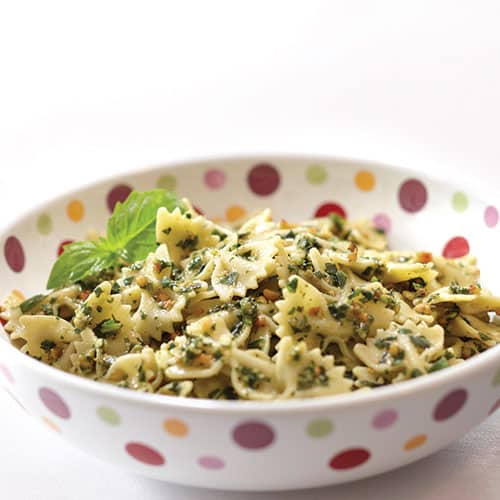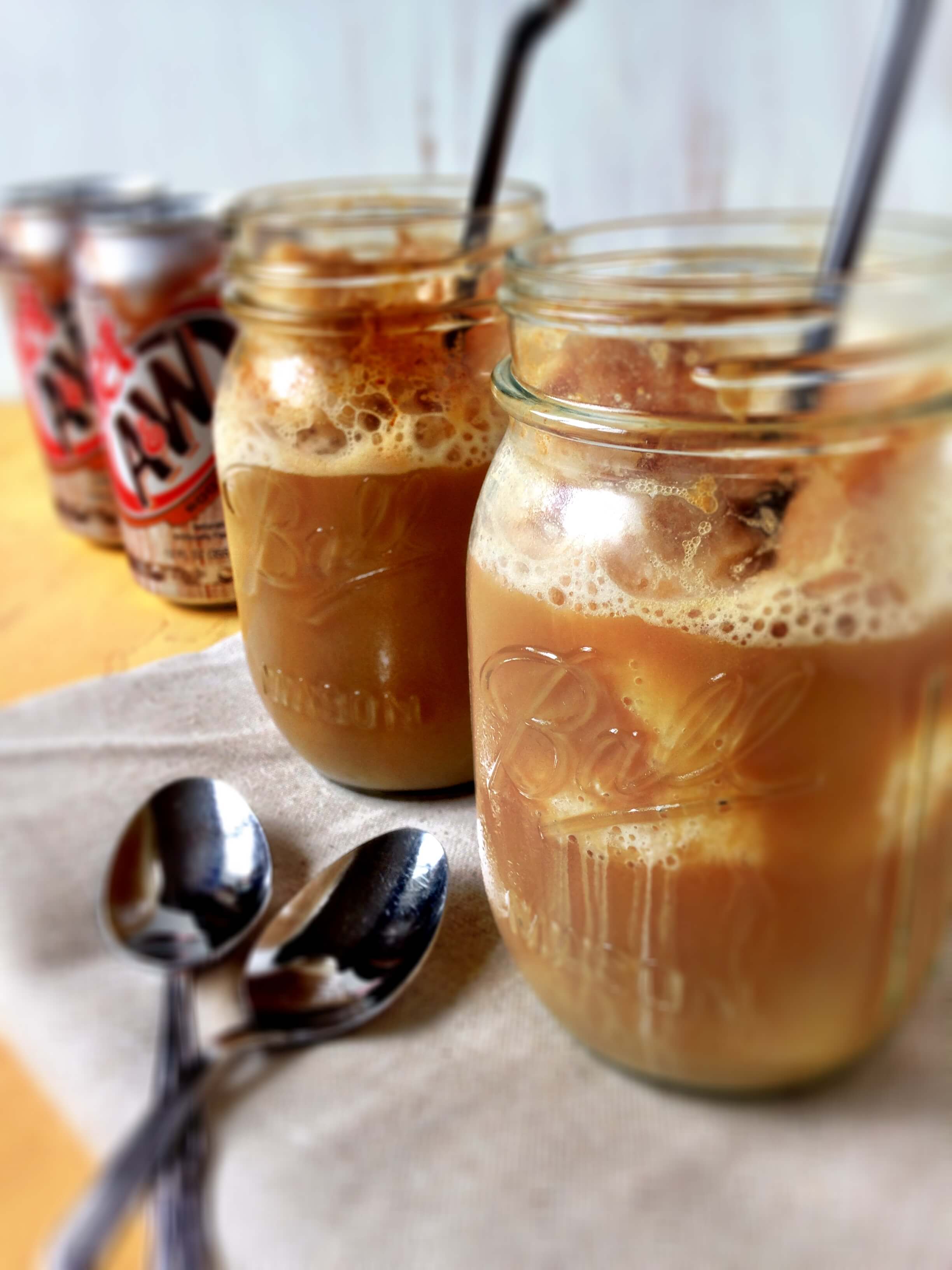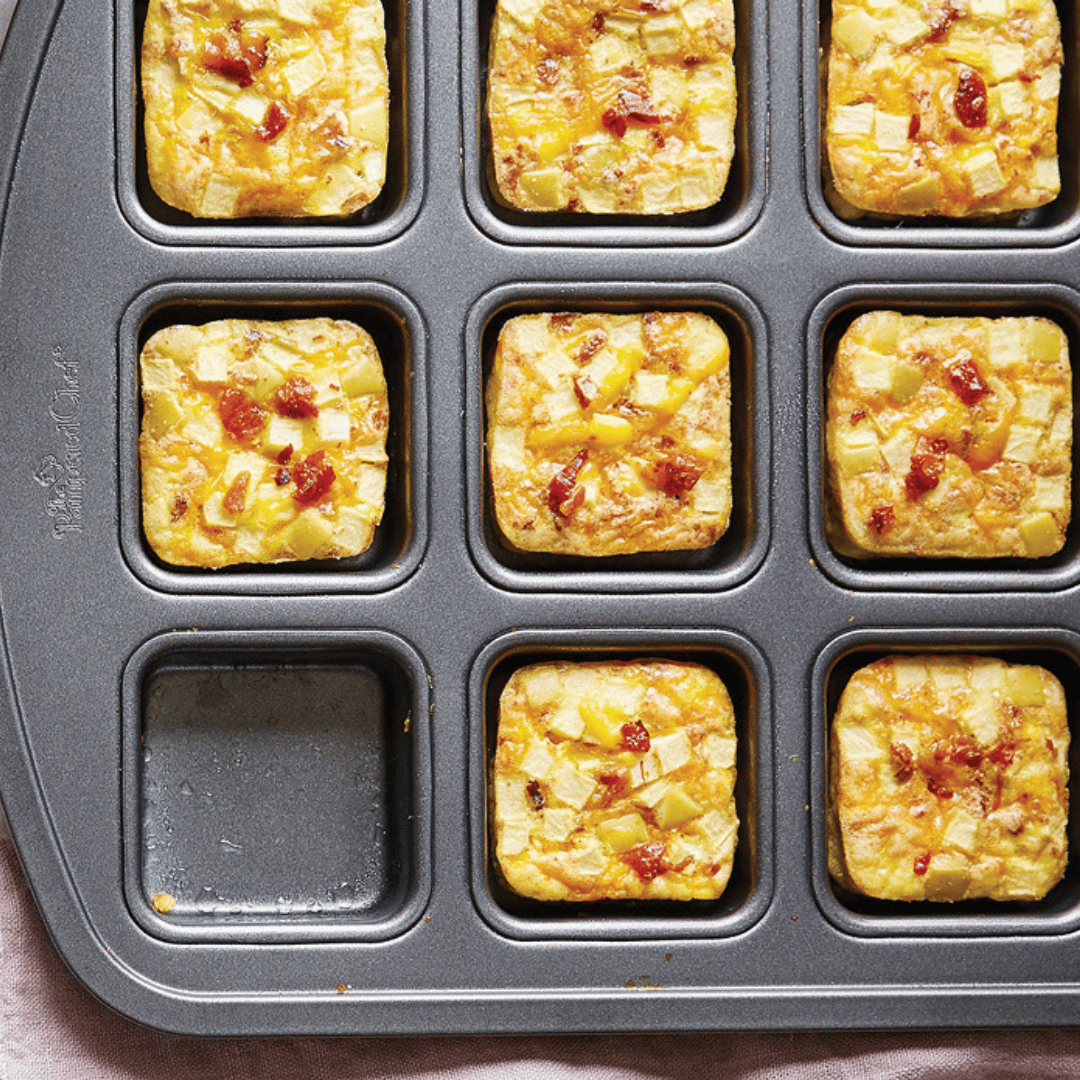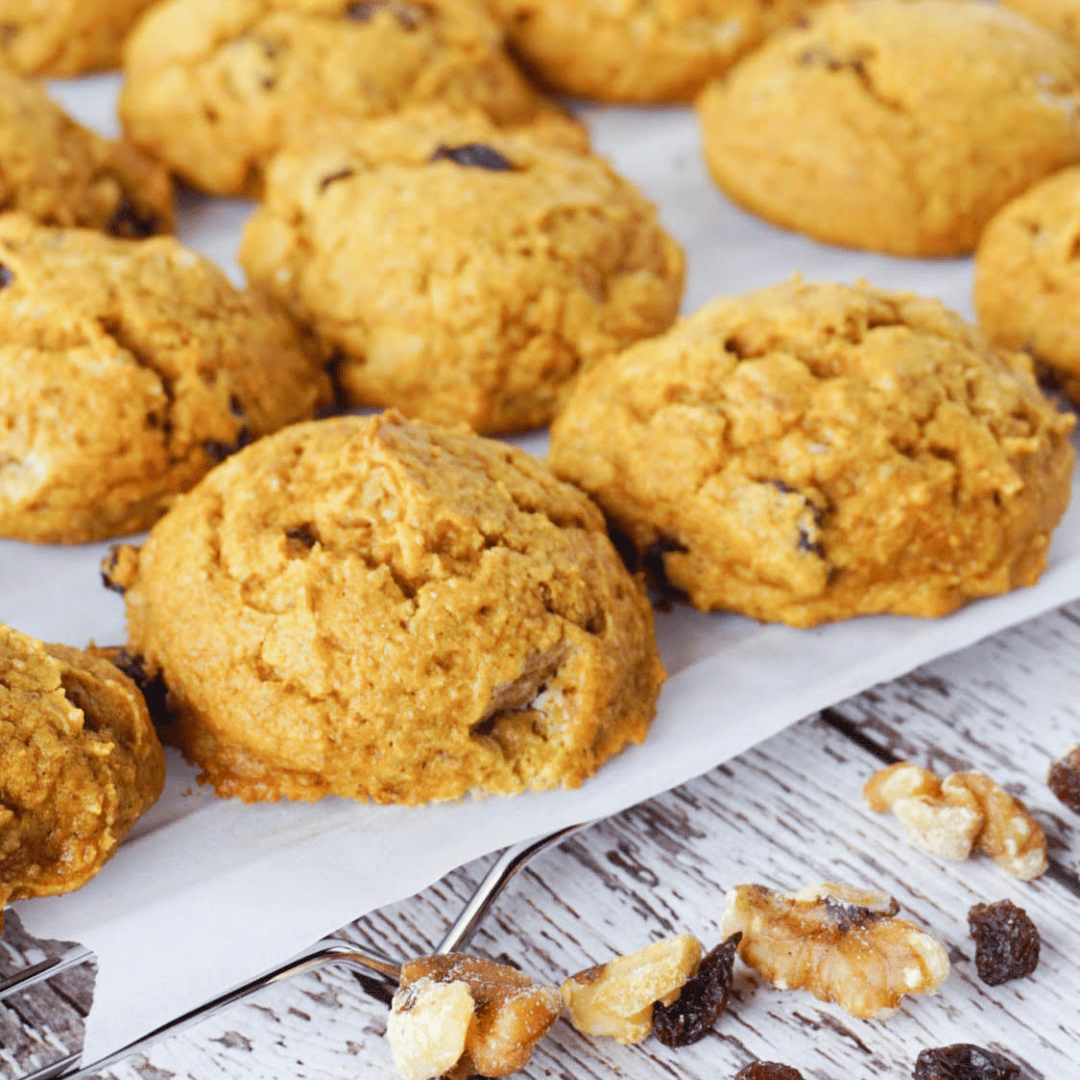Healthier Root Beer Floats and Should I Give My Kids Sweeteners?
Moms – Do you ever wonder if you should be buying foods that are sweetened with low calorie sweeteners for your family? Low-calorie sweeteners, like aspartame, (think Equal and NutraSweet) are in many foods, notably diet soda, but you can also buy them off the grocery shelf to add to your favorite recipes. But should you nourish your family with these foods?

While we try to make choices in our house that speak health, there is always room for a treat. But I wanted to share the facts I’ve found on low-calorie sweeteners as a Calorie Control Council advisor so as moms we have the facts and can shed the worry. Here’s a round up of answers on low-calorie sweeteners:
Are low-calorie sweeteners safe? Yep!
They are thoroughly tested and reviewed for safety before they are approved. And they are regulated for safety to ensure that foods are safe that contain them. Hundreds of well-designed studies from decades of research show that low-calorie sweeteners are safe as part of a balanced diet.
How much low-calorie sweetener could my kids actually have while still being safe? There’s an Acceptable Daily Intake (ADI) set for sweeteners based on the amount that can safely be consumed each day on a long term basis. Plus there’s a 100 fold safety factor built in. What does that mean for kids? Here’s an example: A 50-pound child would have to drink 6 (12 ounce) cans of diet soda, or eat 32 packets of tabletop sweetener to reach the ADI. Pretty high amounts not likely to be eaten by kids.
Do I need to be worried about low-calorie sweeteners causing cancer in my kids? Over the past 30 years, repeated, well-designed studies and the National Cancer Institute agree. Low-calorie sweeteners do not cause cancer.
What about kids with diabetes? Low-calorie sweeteners are a great tool for offering greater flexibility within a diabetic diet where carbohydrate counting rules. Just think, if your child has diabetes and is at a birthday party where soda is being served, that can be 45 grams of carbohydrate which would send blood sugar right up. Instead, a diet soda has 0 grams of carbohydrate and won’t raise blood sugar. Carbs raise blood sugar and using low-calorie sweeteners lets kids with diabetes still be a part of the fun!
Try out this recipe to celebrate Halloween! It’s fun for the kids!
Disclosure: As a Calorie Control Council advisor, I was compensated to write this post. But all writing is my own. See more resources and research on sweeteners on Food Insight, Best Food Facts, and the Calorie Control Council website.
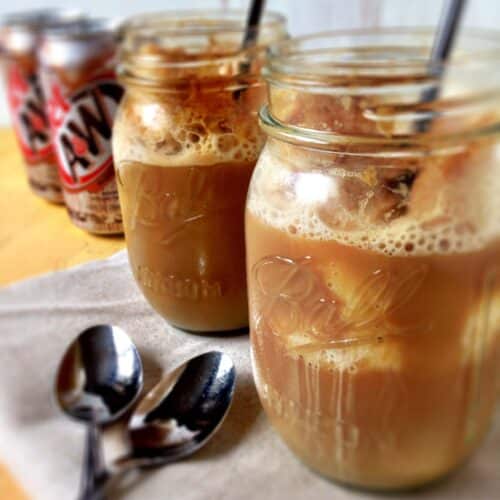
Healthier Root Beer Floats
A makeover to the traditional root beer float, with less calories.
Ingredients
- 4 cans of sugar-free diet root beer
- 4 (½) cup scoops vanilla ice cream (recipe below)
- 4 chilled tall glasses
Instructions
- Put ½ cup scoop of ice cream into each of the four tall glasses
- Pour root beer into the glass. The root beer will foam up as you pour it in, so do it slowly!
- Stir and enjoy!
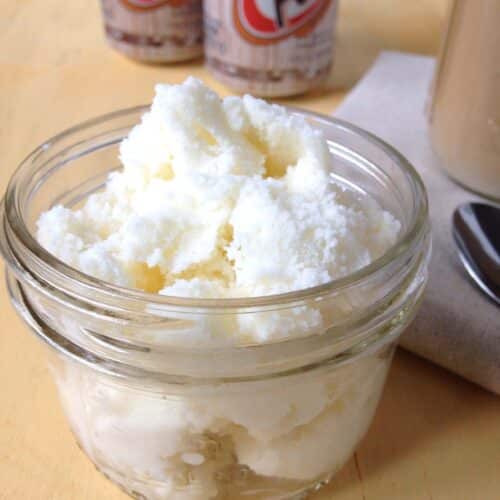
Healthier Homemade Ice Cream
A fun and healthy way to make homemade ice cream! It tastes great and the kids will love it.
Ingredients
- 1/2 cup granular no-calorie sweetener
- 2 tablespoons cornstarch
- 1/8 teaspoon salt
- 2 cups 2% reduced-fat milk
- 1 cup half-and-half
- 1 egg yolk
- 1 1/2 teaspoons vanilla extract
Instructions
- Whisk together granular no-calorie sweetener (like Equal), cornstarch and salt in a large heavy saucepan. Gradually whisk in milk and half-and-half. Cook over medium heat, stirring constantly, 8 to 10 minutes or until mixture thickens slightly. Remove from heat.
- Whisk egg yolk until pale yellow and slightly thickened. While whisking constantly, slowly pour about a cup of the hot cream mixture into the yolk. You’re tempering the yolk so it doesn’t curdle, so go slowly. Add yolk mixture to remaining cream mixture, whisking constantly. Whisk in vanilla.
- Pour mixture through a fine wire-mesh strainer into a bowl, discarding any solids. Cool 1 hour, stirring occasionally. Place plastic wrap directly on cream mixture; chill in the fridge for at least 8 or overnight.
- Pour mixture into freezer container of a 1 1/2-qt. electric ice-cream maker, and freeze according to manufacturer's instructions. Let stand at room temperature 5 to 10 minutes before serving.

